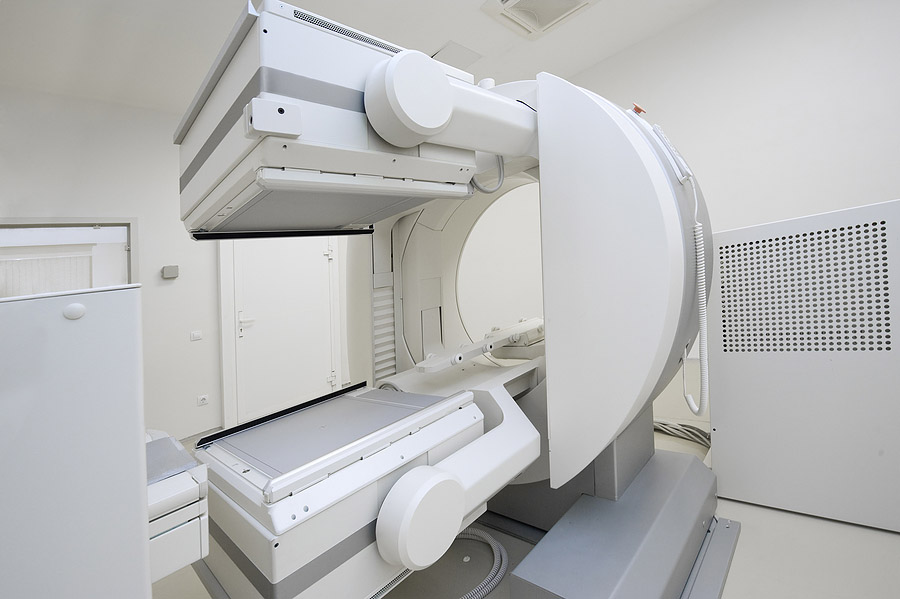CYBERKNIFE VS. PROTON THERAPY
Proton Therapy versus IMRT and CyberKnife
According to over 30 years of clinical studies, the theoretical advantages of proton therapy have not proven to be significantly better than other radiation treatment technologies such as IMRT and CyberKnife.

The Proton System
Even with extensive existing studies, the debate between proton therapy and IMRT continues. In fact, Massachusetts General Hospital at Harvard Medical School and M.D. Anderson at the University of Texas, both of which utilize proton therapy and IMRT, have concluded that there is no significant difference between the two methods. According to the Harvard School of Medicine, “Equivalent uniform dose from protons and IMRT were indistinguishable within uncertainties for both bladder and rectum. [ . . . ] In the range higher than 60 Gy, IMRT achieved significantly better sparing of the bladder.” And M.D. Anderson stated that, “The proton treatment plans were almost identical to IMRT plans for target coverage and for normal tissues in higher dose regions.”
The Annals of Internal Medicine conducted a comprehensive literature review of proton radiation therapy where they reviewed 243 articles on 185 studies that included 17 clinical trials. The findings from the literature review was that no comparative study reported statistically significant differences in survival-rates or adverse effects in proton therapy versus IMRT.
From analyzing these sources, we find that there is no proven benefit or statistical difference in tumor control, adverse effects, or dosimetry when using proton beam radiation therapy versus IMRT.
